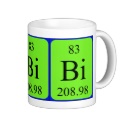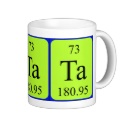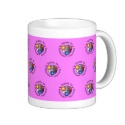|
|
Reference type: Journal
Authors: Venkatesh A, Chopra N, Krupadam RJ
Article Title: Removal of acutely hazardous pharmaceuticals from water using multi-template imprinted polymer adsorbent.
Publication date: 2014
Journal: Environmental Science and Pollution Research
Volume: 21
Issue: (10)
Page numbers: 6603-6611.
DOI: 10.1007/s11356-014-2566-8
Abstract: Molecularly imprinted polymer adsorbent has been prepared to remove a group of recalcitrant and acutely hazardous (p-type) chemicals from water and wastewaters. The polymer adsorbent exhibited twofold higher adsorption capacity than the commercially used polystyrene divinylbenzene resin (XAD) and powdered activated carbon adsorbents. Higher adsorption capacity of the polymer adsorbent was explained on the basis of high specific surface area formed during molecular imprinting process. Freundlich isotherms drawn showed that the adsorption of p-type chemicals onto polymer adsorbent was kinetically faster than the other reference adsorbents. Matrix effect on adsorption of p-type chemicals was minimal, and also polymer adsorbent was amenable to regeneration by washing with water/methanol (3:1, v/v) solution. The polymer adsorbent was unaltered in its adsorption capacity up to 10 cycles of adsorption and desorption, which will be more desirable in cost reduction of treatment compared with single-time-use activated carbon
Template and target information: muliple templates, nicotine, epinephrine, physostigmine
Author keywords: P-type pharmaceutical residues, self-assembly, reusable adsorbents, water treatment
|


 Element 83 mug - Bismuth
Element 83 mug - Bismuth







 Element 73 mug - Tantalum
Element 73 mug - Tantalum







 SMI mug tiled pink
SMI mug tiled pink






